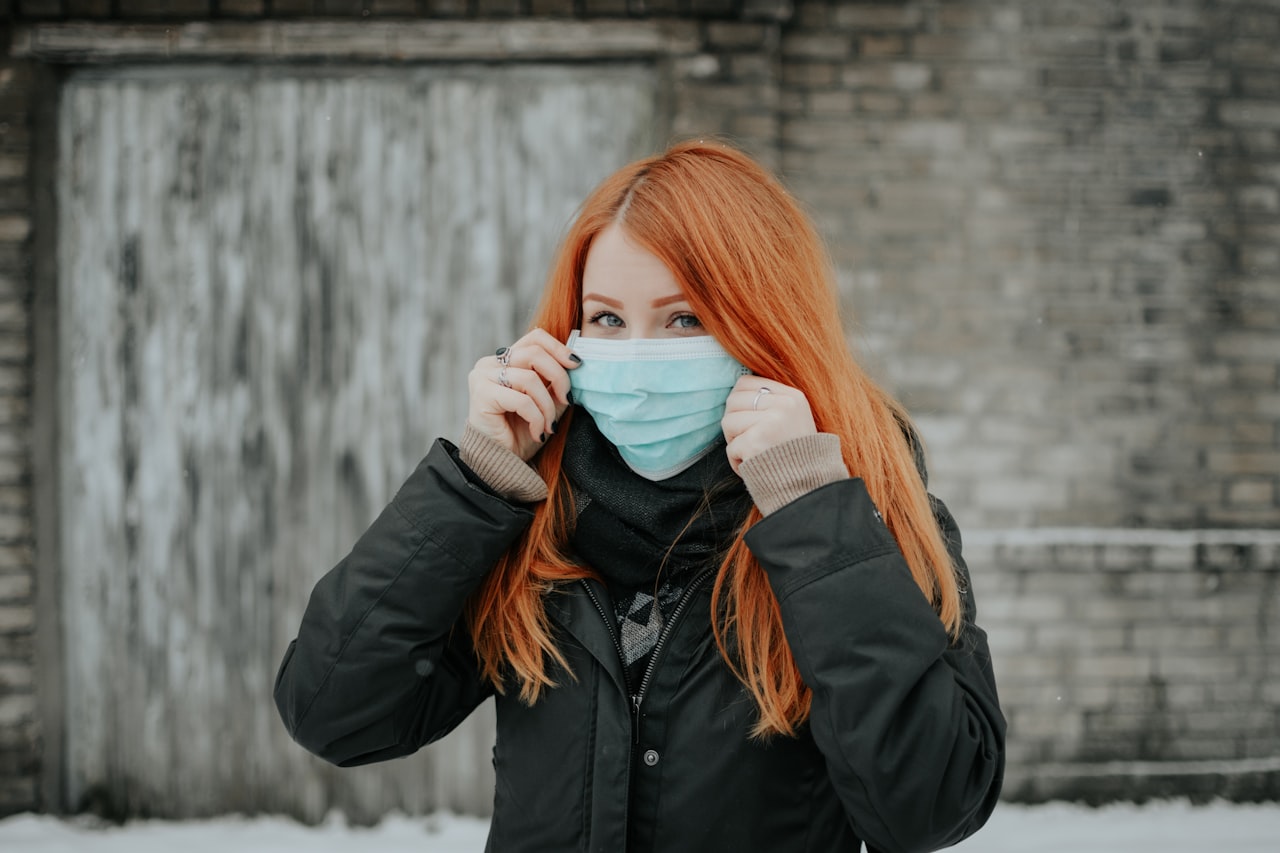By
Santa Barbara County's local public health officer order expired Monday and on Tuesday, Public Health Director Van Do-Reynoso updated the Board of Supervisors on the next phase of the COVID-19 pandemic.
“Today is the day that we have been waiting for such a long time, it has been 453 days since Gov. Gavin Newsom issued California’s first stay-at-home order,” Do-Reynoso said at Tuesday’s Board of Supervisors meeting. “June 15 marks the beginning of our journey towards full recovery from the COVID-19 pandemic.”
On Tuesday, the state officially retired its Blueprint for a Safer Economy framework that has been guiding business reopening since the end of August. With this, Santa Barbara County’s health officer order expired and the county now defers to the state order. Most sectors will be returning to usual operations without limits on capacity or physical distancing, Do-Reynoso said.
The new statewide mask mandate, which went into effect Tuesday, says fully vaccinated residents will not be required to wear masks in most settings, except where masking is required for all people regardless of vaccination status, according to Do-Reynoso.
All people over the age of 2 must continue to wear a mask while traveling on public transit, in healthcare settings, indoor K-12 schools, childcare facilities, homeless shelters, emergency shelters, cooling centers, correctional facilities and detention centers, and in businesses that choose to require masks for all customers, Do-Reynoso said.
For now, masks must be worn in the workplace, Do-Reynoso said, adding that new guidelines are expected this week from Cal/OSHA that may allow fully vaccinated workers to stop wearing masks.
Unvaccinated or partially vaccinated individuals are still required to wear masks indoors, in public settings, and in businesses, Do-Reynoso said.
Fully vaccinated means two weeks have passed since someone received their second Pfizer-BioNTech or Moderna vaccine shot, or two weeks have passed since they received their Johnson & Johnson shot.
Businesses, venue operators and hosts have a few options for complying with the new mask guidance: they can use signage explaining the requirements for unvaccinated people to wear a mask; verify vaccination status (by asking to see vaccination cards, or asking if someone is vaccinated); or require all patrons to wear a mask, Do-Reynoso said.
“The state is leaving it up to businesses to essentially come up with their own system for asking customers about their vaccination status,” she said.
If a business has prominently displayed signage prior to entry explaining the requirements for unvaccinated individuals to wear a mask, and the individual enters the premises without wearing a mask, businesses may deem a customer to have self-attested to being vaccinated or to have met an approved exemption, Do-Reynoso said.
The new state health order also outlines requirements for mega-events, which are events that include large crowds of more than 5,000 people in indoor venues or events that include crowds of over 10,000 people in outdoor venues.
These events are considered higher risk for virus transmission because attendees tend to spend extensive periods of time physically close to a large number of people, they typically include participants from multiple states and countries who may be infected with more severe virus variants, and effective contact tracing is difficult, Do-Reynoso said.
For indoor mega-events events, such as conventions, conferences, expos, sporting events, and concerts, operators are to require verification of fully vaccinated status or a negative COVID-19 test prior to entry.
Operators of outdoor mega-events are “strongly encouraged” to require vaccination verification or a pre-entry negative test, Do-Reynoso said.


Face coverings are required at all indoor and outdoor mega-events, and outdoor venues are required to have masks available for all attendees, she added. This guidance went into effect on Tuesday and will remain in effect through Oct. 1, according to Do-Reynoso.
Scroll down to view the rest of her presentation to the Board of Supervisors.
The Public Health Department will stay vigilant monitoring disease transmission and will continue its work with novel coronavirus testing, contact tracing, isolation and quarantine, vaccinations, and education and outreach.
State officials decided to drop some pandemic-related restrictions now as a result of the state’s vaccination rate (55.6% of residents are fully vaccinated and another 10.8% of people are partially vaccinated) and low virus transmission.
In the last set of tier status information that the state will provide, Santa Barbara County reported an adjusted case rate of 1.1 daily new cases per 100,000 people and a 0.8% testing positivity rate, according to Do-Reynoso.
As of Sunday, 65% of all eligible county residents have received at least one dose of the COVID-19 vaccine, and of that, nearly 56% are fully vaccinated, Do-Reynoso said.
Local vaccination rates are higher for residents over the age of 50, and county vaccine providers are now focusing on increasing vaccination rates for younger adults and children, she said.
— Noozhawk staff writer Jade Martinez-Pogue can be reached at [email protected]. Follow Noozhawk on Twitter: @noozhawk, @NoozhawkNews and @NoozhawkBiz. Connect with Noozhawk on Facebook.





































































































